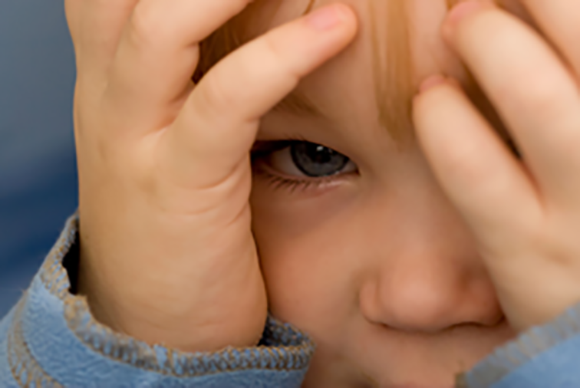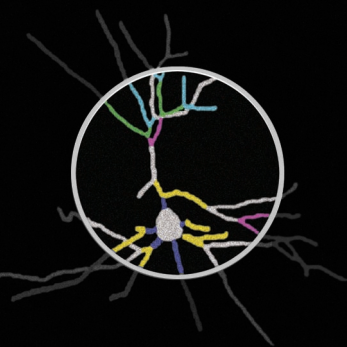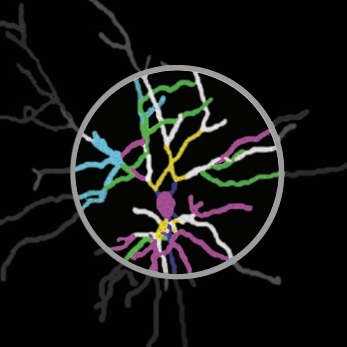DISCOVER
Stress: The Good, the Bad and the Toxic

Out come the body’s stress hormones: adrenalin and norepinephrine first (triggering the fight-or-flight-or-freeze response) followed by cortisol (which helps manage the body’s equilibrium in moments of stress).
Fortunately, Joshua’s parents are right there with him, soothing him and introducing him slowly to his new caregiver. His cortisol levels drop back to normal and his body filters the adrenaline and norepinephrine out of his system.
In the grand scheme of Joshua’s development, this was actually a positive experience. Joshua experienced a stressful situation and then, with the help of his parents, managed it. His brain and body learned something about coping with new challenges and he will be the stronger for it. This was what the Harvard Center on the Developing Child calls, positive stress.
Unfortunately, Joshua may also experience severe hardship, such as the loss of a loved one, a natural disaster, or a scary injury. His stress response will skyrocket and it will take much more than a few soothing words for his body and brain to return to normal.
The good news is that Joshua can tolerate these experiences if they are limited in duration and he has caring, supportive adults to help him adapt. With supports, his brain and body can recover from this tolerable stress
and he won’t be much worse for wear.
The real problems arise when Joshua experiences severe or prolonged adversity, especially without adequate adult support. That’s when stressors can turn toxic.
Go back to Joshua’s basic stress response: the brain signals Alert!, Alert!
and stress hormones are released activating the body’s fight-or-flight response: his heart rate, blood pressure and breathing increase, sugar courses through his blood vessels.
Imagine if instead of being soothed back to a relaxed state, Joshua stayed on high alert. Imagine if his stress response system was triggered frequently, day after day, week after week, month after month. This is what the Center calls toxic stress.
It’s not hard to imagine adverse situations that might chronically activate Joshua’s stress response: if his parents were to become seriously ill, lose their jobs or their home, are jailed or beaten, develop mental health problems, or become consumed by the economic hardship of poverty. Abuse or neglect, or exposure to violence, are particularly risky triggers of toxic stress.
The chronic, unrelenting activation of his stress response system, even at a low level, can also alter the architecture of young Joshua’s developing brain, harm the development of his immune system and metabolism, can even impede healthy organ development. Toxic stress puts Joshua at risk of impaired cognitive development, psychological disorders and chronic disease as an adult.
So stress is a funny thing. A little bit of it is good for us, helping us learn to cope with the changing circumstances of life. A dramatic onslaught can feel very painful but can be tolerated if buffered by caring, supportive relationships. But the extreme activation of the stress response, as well as the unrelenting steady drip, drip of it, can be most damaging—a toxin that can alter our brains and bodies and change our futures for the worse.
TAKE-AWAY
Stress is a funny thing. A little bit of it is good for us, helping us learn to cope with life. We can even tolerate the occasional extreme stress if it's buffered by caring supportive relationships. But chronic, toxic stress causes an assault on our bodies and brains, changing our futures for the worse.






















